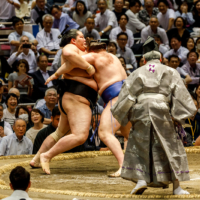Airport scanners at office entrances, road closures for large-scale midnight rehearsals, drones banned, guards stationed 24/7 on all overpasses: Beijing has effectively paralyzed its urban core for a 70-minute military parade on Sept. 3.
The "Victory Day" parade, marking the end of World War II following Japan's formal surrender, will be a projection of China's growing military might amid deep-seated mistrust in the West, geopolitical uncertainty with the United States and territorial rows with neighboring countries.
The highly choreographed parade, one of China's largest in years, will unveil cutting-edge equipment like fighter jets, missile-defense systems and hypersonic weapons — the results of a long-running modernization drive of the People's Liberation Army, which has lately been beset by corruption scandals and personnel purges.


















With your current subscription plan you can comment on stories. However, before writing your first comment, please create a display name in the Profile section of your subscriber account page.